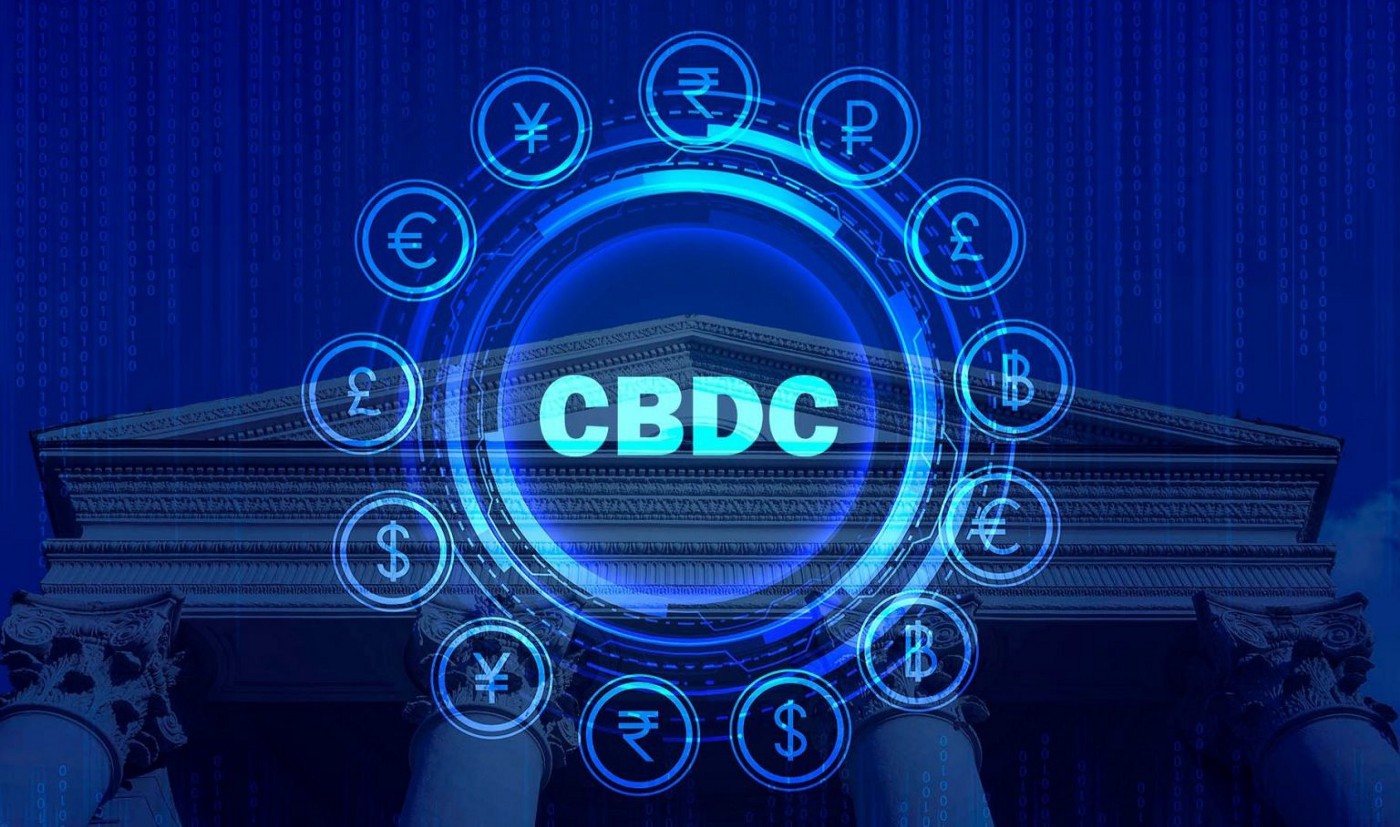
Digital currencies are on the rise, which has sparked much discussion around CBDCs lately. Before exploring what the future of CBDCs looks like, let’s understand what they are.
For the uninitiated, a central bank digital currency, often known as a CBDC, is the virtual equivalent of fiat currency. It is tied to the fiat reserves at a 1:1 ratio, establishing it as a cheaper and more efficient way for citizens to manage their funds. Lower fees and the no-wait time in transactions are some of the biggest advantages of digital currencies.
Several countries worldwide are already quite far into launching or testing out their versions of central bank digital currencies. For example, the European Central Bank is already testing the potential European CBDC- the ‘digital euro’. China is already testing out the digital yuan in several provinces, while India is on its way to launch a pilot for the digital rupee.
Let us now dig a little deeper into what CBDCs are, how they function, and how prevalent they are in today’s times.
A little background: how do CBDCs work?
The concept is extremely simple but very brilliant. Take your 20-dollar bill and imagine it to exist only in a digital state; that’s what a CBDC is all about. With the help of blockchain technology, CBDCs provide the benefits of efficiency and ease without the risk of volatility. Using a mobile application or a website portal, you can store your digital currency in a virtual wallet.
In an ideal scenario, the country that has adopted a digital currency would have all the companies within it on the central bank’s network. This would facilitate easier, quicker and more transparent transactions.
Essentially, CBDCs are built upon the idea of disintermediation, which is the act of removing or eliminating intermediaries between the relevant parties. Adopting digital currencies would streamline the process of transferring money since the central bank could send the amount straight to the receiver without having to deal with banks with varying fees and different policies. This process is made much simpler by creating a central point through which the digital currency can easily pass through. And the blockchain network? It acts as an immutable ledger that tracks all the payments on the network and creates a history of accounts that is almost impossible to tamper with.
The torchbearers: countries that have already adopted CBDCs
In October 2020, the Central Bank of the Bahamas made history by issuing the Sand Dollar, the first CBDC to cover an entire country. A year later, in October 2021, Nigeria became the first African country to establish a CBDC. It’s not like the conversation around CBDCs slowed down during that period, or even today, since a report by Deloitte shows that nearly 90% of central banks worldwide are working in some capacity related to CBDCs, indicating a future economy that is rapidly moving towards the digitalization of money.
The Indian government is also looking to adopt the ‘digital rupee’ by 2023, while Columbia’s tax chief commented that the country is exploring the idea and may adopt a CBDC soon. Singapore, Russia, the United States, and France are also on board with gradually testing out this exciting new form of currency, among countless others. Clearly, the number of nations exploring the idea and discussing the adoption of a central bank digital currency is extensive and is only bound to grow as more countries jump on the bandwagon.
Looking ahead: what is the future of CBDCs?
It looks like there are blue skies ahead for CBDCs, with many governments exploring the creation and adoption of digital currencies backed by governments. However, the fact remains that they are a relatively new concept, especially when compared to physical currencies that have been around for a long time. The shift to a cashless economy would no doubt call for widespread changes across the entire system: new regulations, new policies, new implementation procedures, new tax laws, and whatnot.
It would also be naive to hold up CBDCs as the perfect solution to all our financial problems since this concept, like all others, is riddled with flaws.
Now, suppose you have some pre-existing knowledge about the blockchain. In that case, you might wonder whether the idea of a decentralised blockchain network is compromised by the government or central bank controlling the digital currency. This is, in fact, one of the biggest pitfalls of CBDCs.
With the introduction of CBDCs, governments would have greater control over citizens’ funds and more information about their transactions. While this transparency would help control illicit activities, it would also remove people’s autonomy over their funds and reduce citizens’ privacy. The strict oversight of CBDCs by governments may also leave the people who wish to stick with traditional local banks out in the cold.
On the flip side of the (digital) coin, CBDCs look like the exciting new age of money that would promote financial inclusion by providing underbanked or unbanked individuals with access to the financial system. CBDCs would also help fight the corruption and crime that plagues every country through increased transparency. A centralized digital currency would also discourage monopolistic behaviors by banks in a country whose citizens might be exploited by high fees and unfair practices.
Everything is a double-edged sword, but with the increasing use of CBDCs, the world appears to be moving toward a cashless system. The main job of the governments now is to work out ways to use these central bank digital currencies as a force for good and use them to bring about economic growth in the coming years.

